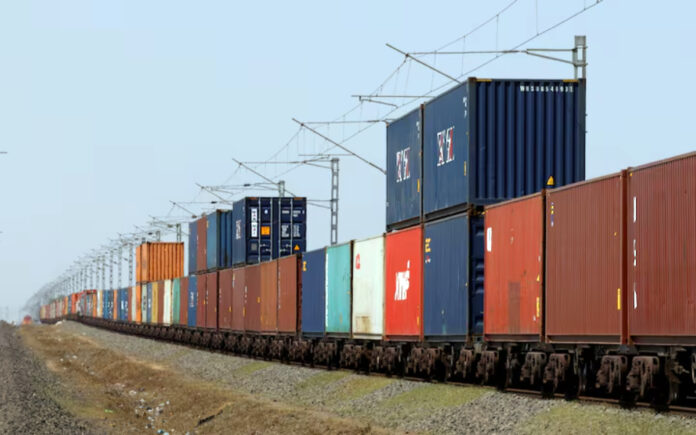New Delhi: India is considering the removal of taxes on U.S. ethane and liquefied petroleum gas (LPG) imports as part of broader trade discussions with the United States. This move aims to reduce India’s trade surplus with the U.S. and alleviate its tariff burden, according to three sources familiar with the matter.
The proposed removal of duties on these energy products, which are primarily used in petrochemical production and cooking gas, comes at a time when India is also weighing the possibility of eliminating the import tax on U.S. liquefied natural gas (LNG). Additionally, there are plans to increase U.S. LNG imports as part of efforts to further balance trade relations with Washington.
In response to President Donald Trump’s sweeping tariff policies, several countries in Asia, including India, are considering increasing energy imports from the U.S. to mitigate the impact of growing tariffs. This initiative is aimed at reducing trade imbalances while keeping the economies of these countries relatively shielded from the U.S.’s aggressive tariff measures.
Currently, India imposes a 2.5% import tax on ethane, a key feedstock in petrochemical production, as well as on propane and butane, both crucial components in LPG, which is widely used for cooking. In the 2023-24 fiscal year, India imported 18.5 million metric tons of LPG worth $10.4 billion, predominantly from the Middle East.
The U.S. is the second-largest supplier of ethane to India, following China. India imported approximately 65,000 barrels per day (bpd) of ethane last year, while China imported significantly more, around 227,000 bpd. However, due to the ongoing U.S.-China trade war and rising tariffs, China’s ethane imports are likely to decrease, opening up more room for India to secure additional supplies.
Reliance Industries, which operates the world’s largest petrochemical complex, is the primary buyer of ethane in India.
As part of a broader trade deal under discussion, New Delhi and Washington agreed in February to work toward completing the first phase of a trade agreement by the end of the year. The goal of the deal is to raise bilateral trade to $500 billion by 2030 and to narrow India’s current $45.7 billion trade surplus with the U.S.
The final decision on removing duties will be made by India’s commerce and finance ministries. Sources familiar with the discussions spoke on condition of anonymity, citing the sensitive nature of the talks. Both ministries have not responded to Reuters’ requests for comments.
Analysts point out that while removing the duties could benefit both India and the U.S., India faces logistical challenges in increasing ethane imports in the short term. These include a shortage of ships, storage tanks, and ethane processing facilities, known as crackers.
“It will be challenging for the U.S. to increase ethane exports to India, as India seems to have already maximized its use of ethane as a feedstock due to favorable margins,” said Cheryl Liu, an analyst with Energy Aspects. India’s steam cracker capacity stands at 9.5 million metric tons of ethylene production, which can accommodate up to 2 million tons (92,000 bpd) of ethane as feedstock, Liu explained.
In contrast, expanding LPG imports would be more feasible, according to Prashant Vashisth, vice president at Moody’s affiliate ICRA, as India imports around 60% of its LPG needs.



